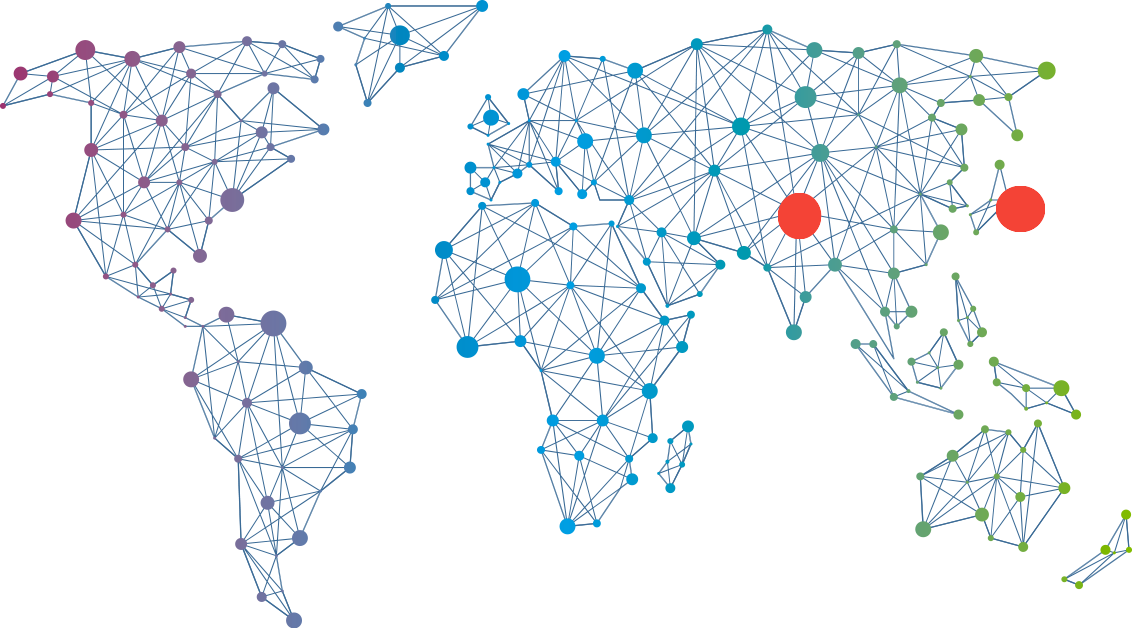E-invoicing or electronic invoicing is a system to generate an electronic document containing transaction information between a buyer and a seller. The Invoice Registration Portal (IRP) gives an identification number to these electronic invoices. The Invoice Reference Number (IRN) generated by IRP will be used to transfer all the invoice information to the GST portal and the e-way bill portal.
The GST e-invoicing system was implemented from October 2020 for those taxpayers whose turnover is Rs 500 crore or more. Earlier, it was planned to implement e-invoicing for businesses with turnover of Rs 100 crore or more in a year
Benefits from implementing of GST E-Invoicing
- With e-invoicing, the moment an invoice is made, it will be uploaded to the GSTN portal where pre-validation will be done and a unique number called IRN will be issued. Once IRN is issued, the tax invoice will be shared with the recipient also.
- It will help in real-time tracking of invoices by the vendors and the government, it will help in reducing the circulation of fake GST Invoices.
- Data from E-invoices shall be automatically transferred to the GST return portal. It will lead to the automation of the GST return filing process.
- With E-invoicing the moment an Invoice is made, its pre-validation shall be done and a unique IRN (Invoice reference Number) shall be generated. The same shall be transferred to the recipient too. Since the input tax credit can be mapped with output tax, GSTIN can easily track the claiming of bogus credit.
- Updating GST Returns also saves lot of time, human errors for data entry and also avoids major reconciliation issues.
- Data from the E-invoicing system shall automatically be transferred to the E-way bill portal leading to the automation of the movement mechanism of goods under GST.
Procedure for the generation of E-Invoice under GST
- The supplier must generate JSON of the Invoice using accounting software (ERP, billing system, SAP, etc.) conforming to the E-invoicing Standards.
- JSON generated by the accounting software shall be uploaded on the IRP (Invoice registration portal) either directly or the third party provided app.
- A unique IRN (Invoice reference number) shall be generated and validated to ensure that the same Invoice pertaining to the same financial year is not uploaded by the supplier. The Invoice shall be digitally signed by the system.
- The signed E-invoice data along with IRN shall be shared with the seller and shall also to the recipient of the supply. The IRP shall also generate the QR-code containing the important information related to the Invoice.
- The signed E-invoice shall be transferred to the GST system as well as the E-way bill system.
QR Code system
The QR code will enable quick view, validation and access of the invoices from the GST system. It will be generated by IRP after uploading JSON of invoices. The QR code will consist of the following e-invoice parameters:
- GSTIN of supplier
- GSTIN of Recipient
- Invoice number as given by Supplier
- Date of the generation of invoice
- Invoice value (taxable value and gross tax)
- The number of line items.
- HSN Code of the main item (the line item having the highest taxable value)
- Unique Invoice Reference Number.



